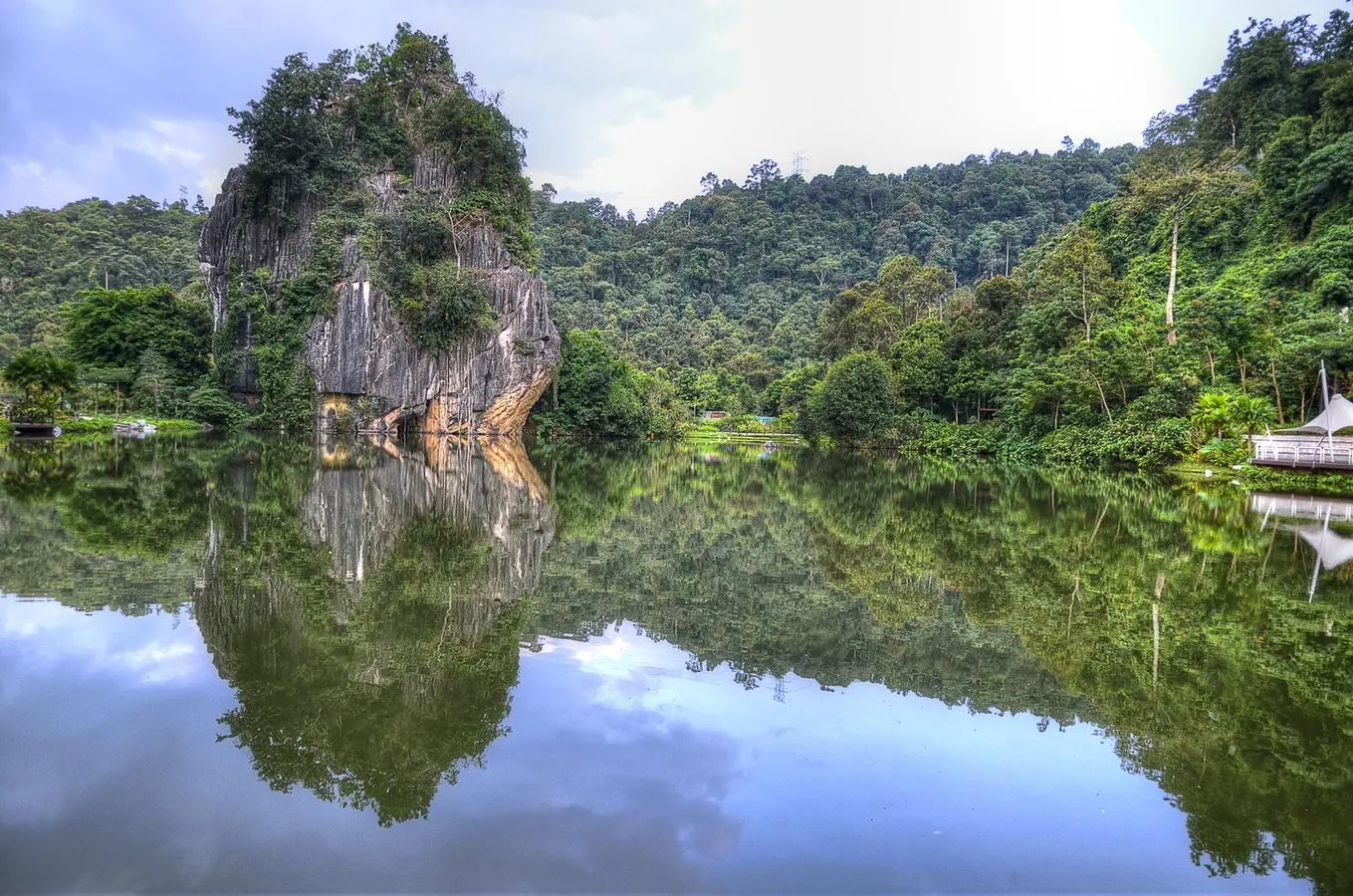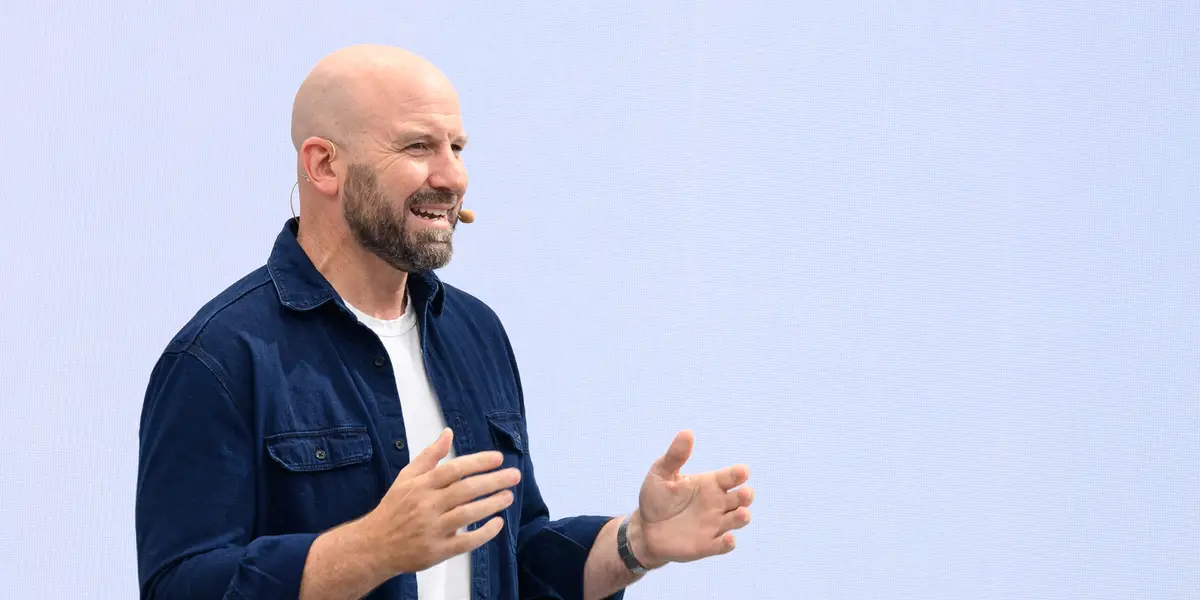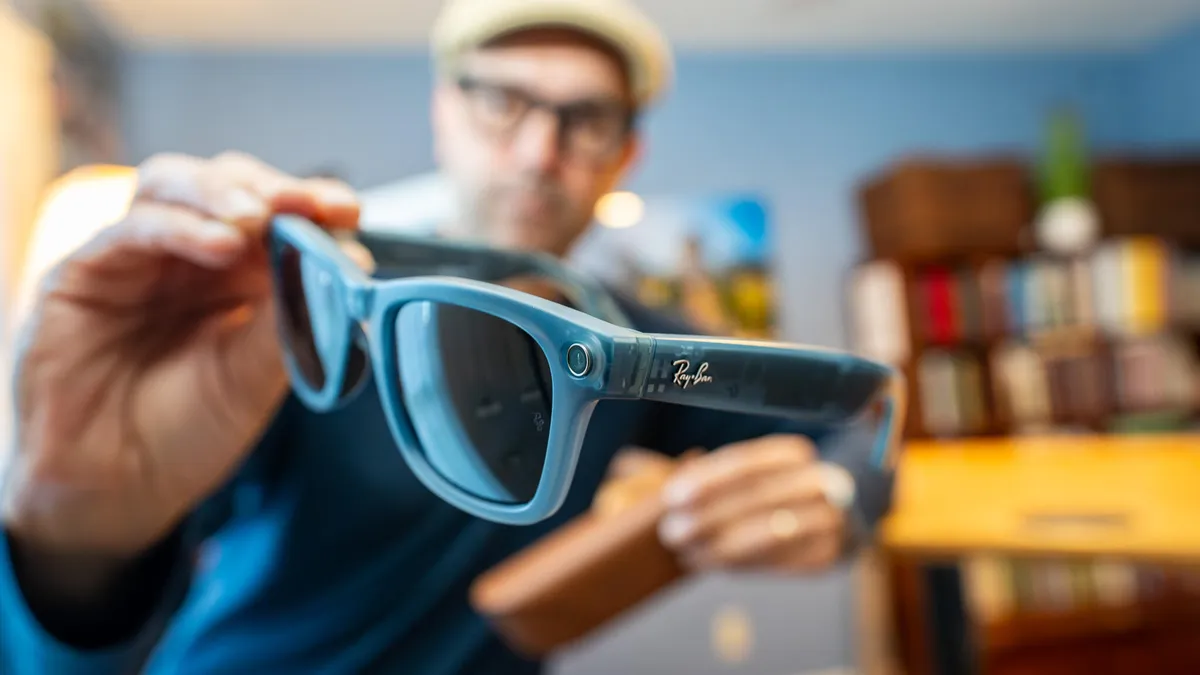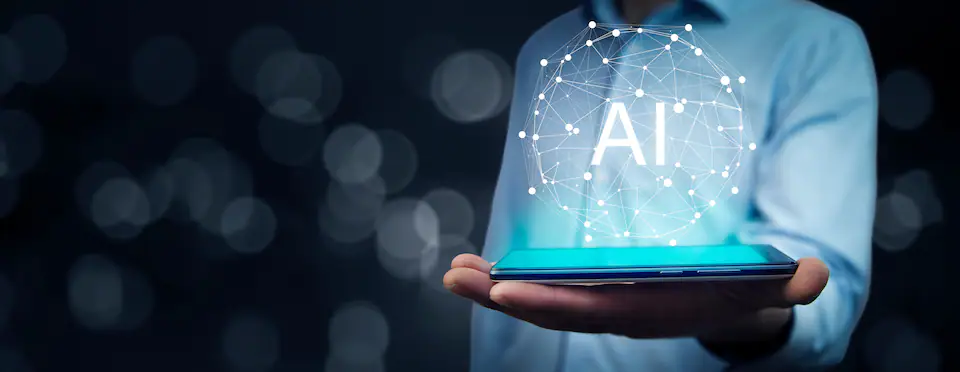By Contributor,Cornelia C. Walther
Copyright forbes

Taski Cermin, Ipoh, Malaysia
In the limestone hills of Ipoh, Malaysia, Tasik Cermin — “Mirror Lake” demonstrates how physical space can embody visionary thinking and make planetary health tangible. More than a geological curiosity, it serves as a living metaphor for the 4H of transformation — hidden, haunted, healed, healing — and for the regenerative intent at the heart of prosocial AI: technology designed to bring out the best in and for people and planet.
An Intimate Connection Between Space And Consciousness
Space has always been one of humanity’s greatest teachers of perspective. From the ancient Greeks who learned geometry through physical forms to modern astronauts transformed by the overview effect, environments shape how we think and what we imagine possible. When landscapes undergo metamorphosis — destruction to regeneration, hidden to celebrated — they provide visible proof that renewal is achievable.
Environmental psychology confirms this: restored natural spaces enhance cognition, emotional well-being, and long-term thinking. Standing before beauty on a planetary scale makes holistic health “real.” This embodied awareness mirrors the intent of prosocial AI — AI that is tailored, trained, tested, and targeted to support regeneration rather than extraction.
Tasik Cermin: 4H In Action
Hidden deep within Ipoh’s limestone hills, Tasik Cermin has undergone four phases that mirror society’s evolving relationship with both planetary health and technology:
Hidden – For decades, the lake was unknown, much like regenerative solutions buried beneath extractive economic models.
Haunted – Initially feared as a site of malevolent spirits, it reflected the anxieties that accompany disruptive change — similar to current fears about AI.
Healed – Recognition of its intrinsic beauty shifted perception from fear to stewardship, echoing the transition from extractive algorithms to regenerative systems.
Healing – Today, visitors encounter “a postcard-perfect view,” a reminder that renewal is never complete but requires ongoing care and stewardship.
Tasik Cermin’s origins are steeped in extraction. Tin mining in the 19th century scarred rivers and landscapes, leaving behind hollowed ground that eventually filled with water. Out of exploitation came the possibility of restoration. AI, too, must evolve from extractive roots toward regenerative intent.
MORE FOR YOU
Ipoh’s Change: The Doughnut Economy
Ipoh is also the first Southeast Asian city to spearhead the Doughnut Economic City initiative. Based on the work of economist Kate Raworth, this model replaces GDP-driven growth with a balance of social well-being and ecological stewardship. In 2021, the Sunway Centre for Planetary Health, Institut Darul Ridzuan, and partners presented the vision to the Sultan of Perak. Backed by Yayasan Hasanah, the initiative brought together government, academia, and cultural organizations — illustrating the multi-stakeholder collaboration required for both regenerative economics and ProSocial AI.
The symbolism is striking: a city once enriched by tin extraction now invests in renewal, offering a blueprint for AI systems designed not for efficiency alone but for planetary flourishing, illustrating that AI can be a win-win-win-win if it is driven by regenerative intent.
A Mirror Of Artificial Intelligence
Tasik Cermin’s metamorphosis is more than a story of landscape. It offers a lens for how AI itself might evolve. Like the lake, AI began in extraction: mining data, optimizing efficiency, and leaving behind scars of surveillance and inequality. Yet, just as Tasik Cermin emerged from exploitation into beauty, AI can shift from fear to healing if guided by a regenerative human vision.
One pathway is human-in-the-loop AI, which integrates human judgment into machine processes. Properly designed, these systems could build a planetary epistemic web, linking knowledge, values, and action, to accelerate climate solutions and trigger positive social tipping points.
This vision positions AI not as a rigid optimization tool but as a form of hybrid planetary intelligence, one that aligns with ecological balance, social cohesion and even spiritual renewal. Tasik Cermin reminds us that environments once dismissed as damaged or dangerous can become sanctuaries of healing. In the same way, prosocial AI seeks to embed regenerative intent directly into technological architecture, turning planetary health from an abstract aspiration into an operational reality. (See also this whitepaper on ProSocial AI and the SDGs).
Making Planetary Health Tangible Through Technology
The mirror-like waters of Tasik Cermin do more than reflect cliffs and sky. They reflect us back to ourselves. Visitors are compelled to pause, to see their own place in the ecosystem, and to feel the restorative calm psychologists describe as a restorative environment, spaces that reduce stress, restore attention, and inspire care.
ProSocial AI can create the digital equivalent of such environments. Instead of draining attention, fragmenting communities, or accelerating ecological harm, it can be designed to heal focus, strengthen social bonds, and support sustainability. Just as Tasik Cermin transformed from a scar of extraction into a sanctuary of renewal, AI too must acknowledge its origins in surveillance and exploitation and redirect its trajectory toward stewardship and regeneration.
Ripple Effects: From Local Healing To Global Intelligence
The power of regeneration is not confined to a single lake or city. Ipoh’s adoption of the Doughnut Economics model — recognized with the 2024 UN-Habitat Scroll of Honour Award, shows how local initiatives can ripple outward. From waste management and energy to forest stewardship, concrete practices create a template that other cities can adapt.
The same fractal logic applies to prosocial AI. Localized experiments, whether in healthcare, education, or environmental monitoring, can generate proof of concept. Once demonstrated, these regenerative innovations can scale across sectors and geographies, turning AI from an extractive tool into a catalyst for systemic transformation.
Toward A Regenerative Future: The 4H As Takeaway
The story of Tasik Cermin and the evolution of AI can both be read through the 4H of transformation:
Hidden – Regenerative solutions often lie unseen; AI must help surface overlooked wisdom and community knowledge.
Haunted – Fear is natural when new systems disrupt old structures; these anxieties should be acknowledged and transformed into constructive dialogue.
Healed – Once value is recognized, perspectives shift from exploitation to stewardship — AI can become a force for resilience and renewal.
Healing – Transformation is not a destination but an ongoing process, requiring constant care, collaboration, and alignment with life-affirming goals.
In its still waters, Mirror Lake reflects more than cliffs and sky — it reflects our shared capacity to move from hidden potential through haunted fears into healing action. The 4H logic reminds us that both nature and technology can evolve toward regeneration. If designed with intent, prosocial AI can mirror back our highest aspirations and help make the beauty of planetary health not just visible, but livable. If we don’t like what the current mirror reflects, it is time to look ourselves in the face.
Editorial StandardsReprints & Permissions



